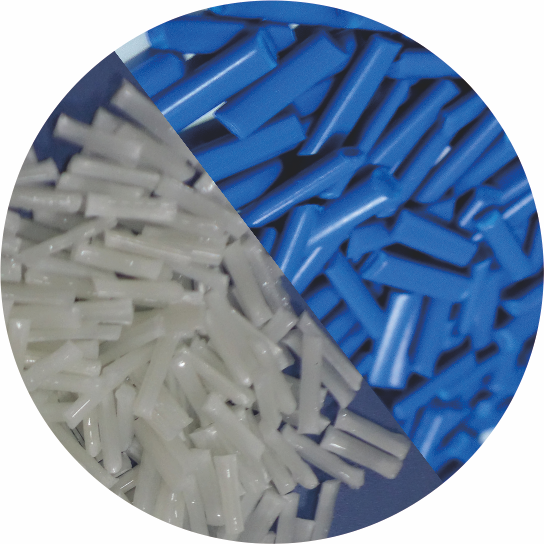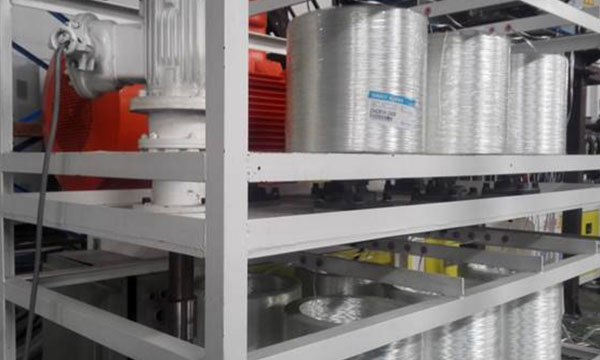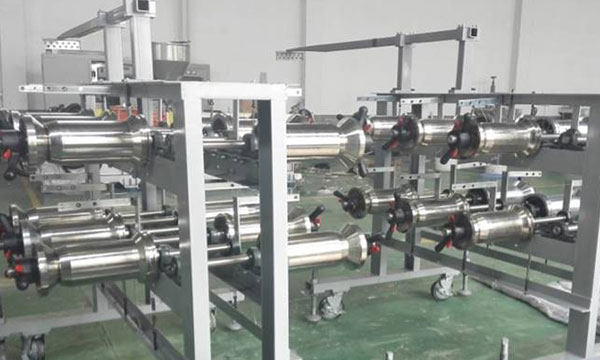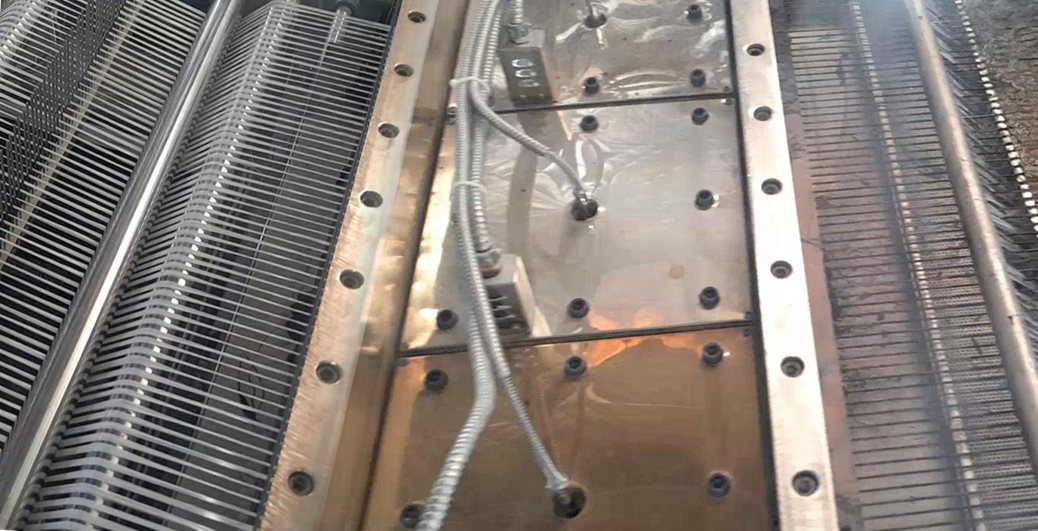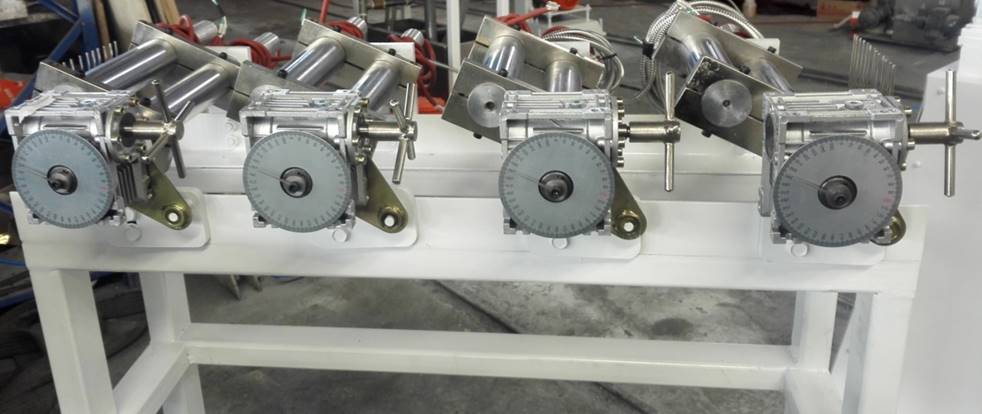- Twin Screw Extruder
- Compounding and Extrusion
- Dry-Free PET Sheet
- Fluorine Plastic
- Reactive Extrusion
- Plastic Alloy
- Filling Modification
- Color Masterbatch
- Functional Masterbatch
- Glass Fiber (Carbon Fiber) Reinforcement
- Thermoplastic Elastomer
- Hot Melt Adhesive
- Degradable Plastic
- Thermoset Plastics and Powder Coating
- PVC Compounding
- XLPE Cable
- Silane-Crosslinking Cable and Pipe
- HFFR Cable
- Foam Extrusion
- LFT-G EXTRUSION
- COMPOSITES
- Devolatilization Extruder
- Mixer
- Pelletizing System
- Industries

